Home>diy>Architecture & Design>How Does An Architect Design His/Her House


Architecture & Design
How Does An Architect Design His/Her House
Modified: March 6, 2024
Discover how architects approach designing their own homes and gain insights into the unique considerations and creative decisions involved in architecture design. Explore the process of creating a personalized living space that reflects the expertise and individual style of the architect.
(Many of the links in this article redirect to a specific reviewed product. Your purchase of these products through affiliate links helps to generate commission for Storables.com, at no extra cost. Learn more)
**
Introduction
**
Architecture is a captivating blend of art and science, where the architect's creativity merges seamlessly with technical expertise to shape spaces that inspire and endure. When an architect embarks on the journey of designing their own home, it becomes a deeply personal and enriching experience. It's a chance for them to showcase their design philosophy, experiment with innovative concepts, and create a living environment that reflects their unique vision.
Designing one's own home presents a myriad of opportunities and challenges, allowing the architect to weave their aspirations, lifestyle, and functional needs into the very fabric of the structure. The process involves a harmonious fusion of creativity, practicality, and an in-depth understanding of architectural principles. From conceptualization to construction, every phase is a testament to the architect's prowess and their ability to translate dreams into tangible, awe-inspiring spaces.
In this article, we delve into the intricate process of how an architect designs their own home, exploring the meticulous steps and considerations that shape this extraordinary endeavor. From understanding the client's needs (in this case, the architect's own preferences and lifestyle) to the final realization of the design, we unravel the captivating journey that culminates in the creation of a home that is not just a structure, but a reflection of the architect's soul.
Key Takeaways:
- An architect designing their own home involves deeply personal introspection, site analysis, and meticulous attention to detail, resulting in a living space that reflects their essence and creative vision.
- The architect’s journey encompasses concept development, material selection, and construction oversight, culminating in a home that is not just a structure but a tangible expression of their aspirations and design ethos.
Read more: How Does An Architect Design A House
Understanding the Client’s Needs
When an architect sets out to design their own home, they become both the designer and the client, allowing for a deeply personal and introspective approach to the design process. Understanding their own needs, preferences, and lifestyle is the foundational step in crafting a home that resonates with their identity and aspirations.
For the architect, this introspection involves a profound exploration of their daily routines, spatial preferences, and aesthetic inclinations. They meticulously analyze how they interact with their living spaces, envisioning the ideal environment that seamlessly integrates with their lifestyle. From the layout of the rooms to the functionality of the kitchen and the ambiance of the living areas, every aspect is carefully considered to align with the architect’s personal and familial requirements.
Moreover, the architect-client delves into the emotional and psychological aspects of their ideal home. They contemplate the atmosphere they wish to create, the emotions they aim to evoke, and the overall ambiance that will nurture a sense of belonging and comfort. This deep understanding of their own needs and aspirations forms the bedrock of the design process, guiding every subsequent decision and ensuring that the resulting home is a true reflection of the architect’s essence.
By stepping into the dual role of architect and client, the design process transcends the conventional client-architect relationship, allowing for an unparalleled level of intimacy and personalization. This unique perspective enables the architect to infuse their own home with a profound sense of authenticity and purpose, resulting in a living space that is not just aesthetically pleasing, but also deeply meaningful and harmonious with their way of life.
Site Analysis
Before the architect can commence the design of their home, a comprehensive analysis of the site is imperative. This critical phase involves a meticulous examination of the physical, environmental, and contextual factors that will influence the design and construction of the residence.
The architect, being intimately familiar with the site, approaches this analysis with a deep understanding of the land’s topography, orientation, and surrounding environment. They assess the natural elements such as sunlight, wind patterns, and existing vegetation, seeking to integrate these features harmoniously into the design. By leveraging the site’s inherent characteristics, the architect can craft a home that not only complements its surroundings but also harnesses the natural elements to enhance sustainability and livability.
Furthermore, the site analysis encompasses an evaluation of the local building codes, zoning regulations, and any restrictions that may impact the design. This thorough review ensures that the proposed design aligns with the legal and regulatory framework, paving the way for a smooth and compliant construction process.
Equipped with a profound understanding of the site’s nuances, the architect can envision the spatial organization, circulation patterns, and outdoor living areas that capitalize on the site’s unique attributes. Whether it’s framing breathtaking views, creating secluded garden retreats, or optimizing solar exposure, the site analysis serves as the springboard for a design that is inherently rooted in its context.
Ultimately, the site analysis empowers the architect to craft a home that not only responds to the site’s physical and environmental dynamics but also harmonizes with the surrounding landscape, fostering a sense of belonging and cohesiveness. It lays the groundwork for a design that transcends mere functionality, embracing the site’s inherent beauty and potential to shape a residence that is inherently connected to its environment.
Concept Development
As the architect delves into the realm of concept development for their own home, they embark on a journey of creative exploration and visionary ideation. This pivotal phase is where the architect’s design philosophy, artistic sensibilities, and personal aspirations converge to form the conceptual framework that will define the essence of their residence.
The concept development process is driven by a profound introspection, wherein the architect distills their inspirations, aspirations, and lifestyle into a cohesive design narrative. Drawing from a myriad of influences – be it cultural, historical, or contextual – the architect weaves a compelling story that will unfold within the walls of their home. Whether it’s a contemporary reinterpretation of traditional elements, a celebration of sustainable living, or an ode to minimalism, the concept serves as the guiding light that shapes every design decision.
At this stage, the architect meticulously considers the spatial flow, visual connectivity, and experiential qualities that will define the living experience within the home. They envision the interplay of light and shadow, the rhythm of spatial sequences, and the emotive resonance that will imbue each corner with a distinct character. The concept becomes the soul of the design, infusing the residence with a cohesive identity and a palpable sense of purpose.
Moreover, the concept development phase is an opportunity for the architect to push the boundaries of innovation, experimenting with unconventional materials, spatial configurations, and design expressions. It is a canvas for exploration, where the architect can manifest their boldest ideas and sculpt a home that transcends the ordinary, embodying their unique design ethos.
Ultimately, the concept development phase culminates in the crystallization of a design vision that encapsulates the architect’s narrative, values, and aesthetic sensibilities. It sets the stage for the subsequent design development, guiding the evolution of the residence into a living, breathing testament to the architect’s creative ingenuity and unwavering dedication to crafting a home that is truly extraordinary.
Design Development
With the concept firmly established, the architect delves into the intricate process of design development, where the abstract vision begins to take tangible form through meticulous planning, spatial articulation, and material exploration. This transformative phase marks the evolution of the concept into a refined architectural composition, breathing life into the aspirations and narratives that underpin the design.
At this juncture, the architect meticulously translates the conceptual framework into spatial configurations, functional layouts, and architectural details that harmonize with the site and resonate with the client’s – in this case, the architect’s – needs. Every room, circulation path, and transitional space is carefully orchestrated to foster a seamless and enriching living experience, embodying the essence of the architect’s vision.
Furthermore, the design development phase entails a comprehensive exploration of materials, finishes, and construction techniques that will define the tactile and visual language of the residence. The architect draws upon their expertise to curate a palette that not only reflects their aesthetic sensibilities but also aligns with the functional and contextual requirements of the home. Whether it’s the warmth of natural timber, the textural richness of stone, or the sleekness of contemporary metals, the material selection becomes an integral facet of the design narrative.
Additionally, the architect navigates the intricacies of structural systems, building codes, and sustainability considerations, ensuring that the design is not only aesthetically compelling but also structurally sound and environmentally responsible. This holistic approach to design development underscores the architect’s commitment to crafting a home that seamlessly integrates beauty, functionality, and sustainability.
Ultimately, the design development phase is a testament to the architect’s ability to breathe life into their conceptual vision, transforming abstract ideas into a tangible, spatial reality. It is a symphony of creativity, technical acumen, and unwavering dedication, culminating in a design that transcends mere architecture, embodying the architect’s unwavering pursuit of excellence and their resolute commitment to crafting a home that is a true reflection of their identity and aspirations.
When designing their own house, an architect considers their lifestyle, needs, and preferences. They also focus on maximizing natural light, ventilation, and energy efficiency.
Read more: How Does Architect Relate To Design A House
Material Selection
Material selection stands as a pivotal facet of architectural design, wielding the power to define the tactile, visual, and functional characteristics of a space. When an architect designs their own home, the process of material selection transcends mere aesthetics, encompassing a profound exploration of textures, colors, sustainability, and emotive resonance.
The architect, equipped with a nuanced understanding of materials and their intrinsic qualities, embarks on a journey of curation and juxtaposition, seeking to orchestrate a symphony of elements that resonate with their design narrative. Whether it’s the warmth of timber, the raw honesty of exposed concrete, or the luminous translucency of glass, each material is chosen with a deliberate intent to evoke a specific sensory and emotional response within the home.
Moreover, the architect’s material selection is informed by a commitment to sustainability and environmental responsibility. They meticulously evaluate the ecological footprint of each material, considering factors such as sourcing, embodied energy, recyclability, and longevity. This conscientious approach ensures that the chosen materials not only contribute to the visual and tactile allure of the home but also align with the architect’s ethos of sustainable living.
Furthermore, the material selection process extends beyond the interior finishes, encompassing the exterior cladding, roofing systems, and landscape elements. The architect harmonizes the material palette to create a seamless dialogue between the interior and exterior, forging a cohesive and visually compelling architectural composition that is in harmony with its context.
Ultimately, material selection becomes a medium through which the architect infuses their residence with a palpable sense of identity, weaving a narrative that unfolds through the interplay of textures, colors, and light. It is a testament to the architect’s discerning eye, their unwavering commitment to sustainability, and their ability to harness materials as a means of sculpting an environment that is not just a dwelling but a living, breathing embodiment of their design philosophy.
Construction Drawings
As the architect progresses from the conceptual and design development phases, the creation of comprehensive construction drawings becomes a pivotal undertaking in the realization of their home. These meticulously detailed drawings serve as the communicative bridge between the architect’s vision and the physical construction of the residence, encapsulating a wealth of technical information, spatial articulation, and material specifications.
The construction drawings, often comprising floor plans, elevations, sections, and details, meticulously delineate the spatial organization, structural elements, and building systems that constitute the architectural fabric of the home. Each line, annotation, and symbol is a testament to the architect’s unwavering attention to detail and their commitment to ensuring that every aspect of the design is accurately conveyed to the construction team.
Furthermore, the construction drawings encapsulate a wealth of technical specifications, including material schedules, construction details, and building assemblies, serving as a comprehensive guide for the execution of the design. Whether it’s the intricacies of a custom-built staircase, the integration of sustainable building systems, or the assembly of intricate architectural features, the drawings provide a roadmap for the construction team to translate the design into a physical reality.
Equally vital is the role of the construction drawings in facilitating regulatory compliance and obtaining building permits. The drawings meticulously adhere to local building codes, zoning regulations, and construction standards, ensuring that the proposed design meets the requisite legal and safety parameters, thereby paving the way for a smooth and compliant construction process.
Ultimately, the construction drawings stand as a testament to the architect’s prowess, serving as a conduit through which their vision is translated into a tangible, buildable reality. It is a culmination of the architect’s creative acumen, technical expertise, and unwavering dedication to precision, underscoring their commitment to ensuring that the construction process unfolds with meticulous adherence to the design intent, resulting in a residence that is a living testament to their unwavering pursuit of architectural excellence.
Building Permits
Securing building permits stands as a pivotal milestone in the journey of realizing an architect’s own home, marking the official endorsement of the proposed design by the local regulatory authorities. This critical process involves a comprehensive review of the construction drawings, adherence to building codes, zoning regulations, and other statutory requirements, ensuring that the design aligns with the legal framework governing construction.
The architect meticulously prepares and submits the construction drawings, along with the requisite documentation, to the relevant building authorities for review and approval. This submission encapsulates a wealth of technical information, including structural details, building systems, material specifications, and compliance with safety and accessibility standards, serving as a comprehensive dossier that conveys the design’s adherence to regulatory mandates.
Upon submission, the building authorities conduct a thorough examination of the proposed design, evaluating its compliance with local building codes, zoning ordinances, and other regulatory parameters. This review process ensures that the design meets the stipulated standards for structural integrity, fire safety, energy efficiency, and other essential criteria, thereby safeguarding the well-being of the future occupants and the surrounding community.
Furthermore, the process of securing building permits necessitates clear and effective communication between the architect and the regulatory authorities, often involving clarifications, revisions, and consultations to address any queries or concerns that may arise during the review process. This collaborative engagement underscores the architect’s commitment to upholding the highest standards of safety, quality, and regulatory compliance in the realization of their home.
Ultimately, the issuance of building permits signifies the official validation of the proposed design, granting the architect the legal authorization to commence construction. It stands as a testament to the architect’s unwavering dedication to ensuring that their home is not just a manifestation of their creative vision but also a testament to their commitment to upholding the highest standards of safety, functionality, and regulatory compliance in the built environment.
Construction Administration
As the architect’s vision transitions from drawings to the physical realm, the phase of construction administration assumes paramount significance, signifying the orchestration and oversight of the construction process to ensure that the design is executed with precision, quality, and adherence to the envisioned intent.
The architect assumes a multifaceted role during the construction phase, serving as the conduit between the design vision and its realization. They collaborate closely with contractors, subcontractors, and craftsmen, providing clarifications, resolving on-site challenges, and ensuring that the construction aligns with the meticulously detailed drawings and specifications.
Moreover, the architect’s involvement extends to conducting site visits and inspections, meticulously monitoring the construction progress, and verifying that the quality of workmanship, material installations, and building systems align with the design intent and industry standards. This proactive engagement underscores the architect’s commitment to upholding the highest standards of craftsmanship and precision in the construction of their home.
Equally vital is the architect’s role in addressing unforeseen contingencies and evolving requirements that may arise during the construction phase. Their ability to provide informed solutions, navigate on-site challenges, and adapt to dynamic construction scenarios ensures that the design integrity is preserved, and the construction process unfolds with efficiency and finesse.
Furthermore, the architect serves as the advocate for the client’s – in this case, their own – interests, safeguarding the design intent, budgetary considerations, and timeline adherence throughout the construction journey. This unwavering commitment to the client’s vision and aspirations underscores the architect’s dedication to ensuring that their home is not just a structure but a living testament to their creative ingenuity and unwavering pursuit of architectural excellence.
Ultimately, the phase of construction administration encapsulates the architect’s unwavering dedication, technical acumen, and proactive engagement in shepherding the design from concept to reality. It is a testament to their commitment to ensuring that every brick, beam, and detail embodies the essence of their design philosophy, resulting in a home that is not just a physical edifice but a living, breathing embodiment of their creative vision and unwavering dedication to architectural excellence.
Conclusion
The journey of an architect designing their own home is a profound odyssey that transcends the realms of creativity, technical expertise, and personal introspection. It is a testament to the architect’s unwavering commitment to crafting a living environment that is not just a shelter but a tangible expression of their aspirations, values, and design ethos.
From understanding their own needs and lifestyle to conducting a meticulous site analysis, the architect embarks on a deeply personal and introspective exploration, seeking to harmonize their design vision with the inherent characteristics of the site. This intimate engagement with the site forms the bedrock upon which the design narrative unfolds, fostering a sense of cohesiveness and belonging within the architectural composition.
As the concept takes shape and evolves into a refined design, the architect’s unwavering dedication to precision, innovation, and sustainability becomes palpable. Every spatial configuration, material selection, and technical detail is a testament to their creative ingenuity and their commitment to crafting a home that transcends mere functionality, embodying a narrative that unfolds through the interplay of light, space, and materiality.
Securing building permits and overseeing the construction process further underscores the architect’s multifaceted role as a steward of their design vision, ensuring that the construction unfolds with meticulous adherence to quality, precision, and regulatory compliance. Their proactive engagement and unwavering dedication to the client’s – in this case, their own – vision become the guiding forces that shape the realization of their home.
Ultimately, the architect’s journey culminates in the creation of a home that is not just a physical structure but a living, breathing testament to their creative ingenuity, unwavering dedication to excellence, and their profound ability to translate dreams into tangible, awe-inspiring spaces. It is a narrative that unfolds through every corner, every material, and every detail, embodying the architect’s essence and leaving an indelible imprint of their design legacy.
Thus, the architect’s home becomes a living, breathing embodiment of their unwavering commitment to crafting spaces that inspire, endure, and resonate with the human spirit – a testament to the enduring power of architecture to shape our lives and elevate the human experience.
Frequently Asked Questions about How Does An Architect Design His/Her House
Was this page helpful?
At Storables.com, we guarantee accurate and reliable information. Our content, validated by Expert Board Contributors, is crafted following stringent Editorial Policies. We're committed to providing you with well-researched, expert-backed insights for all your informational needs.
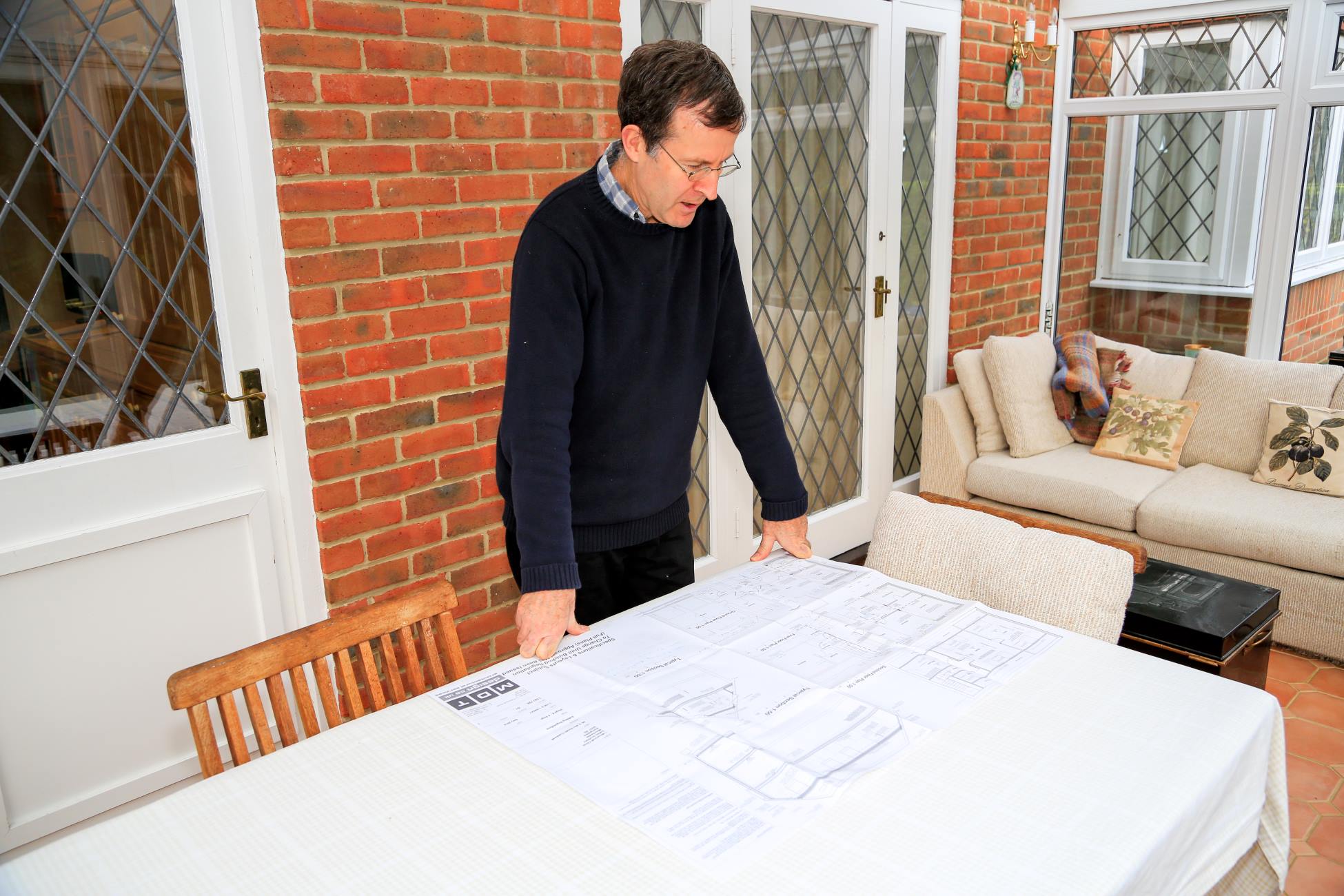
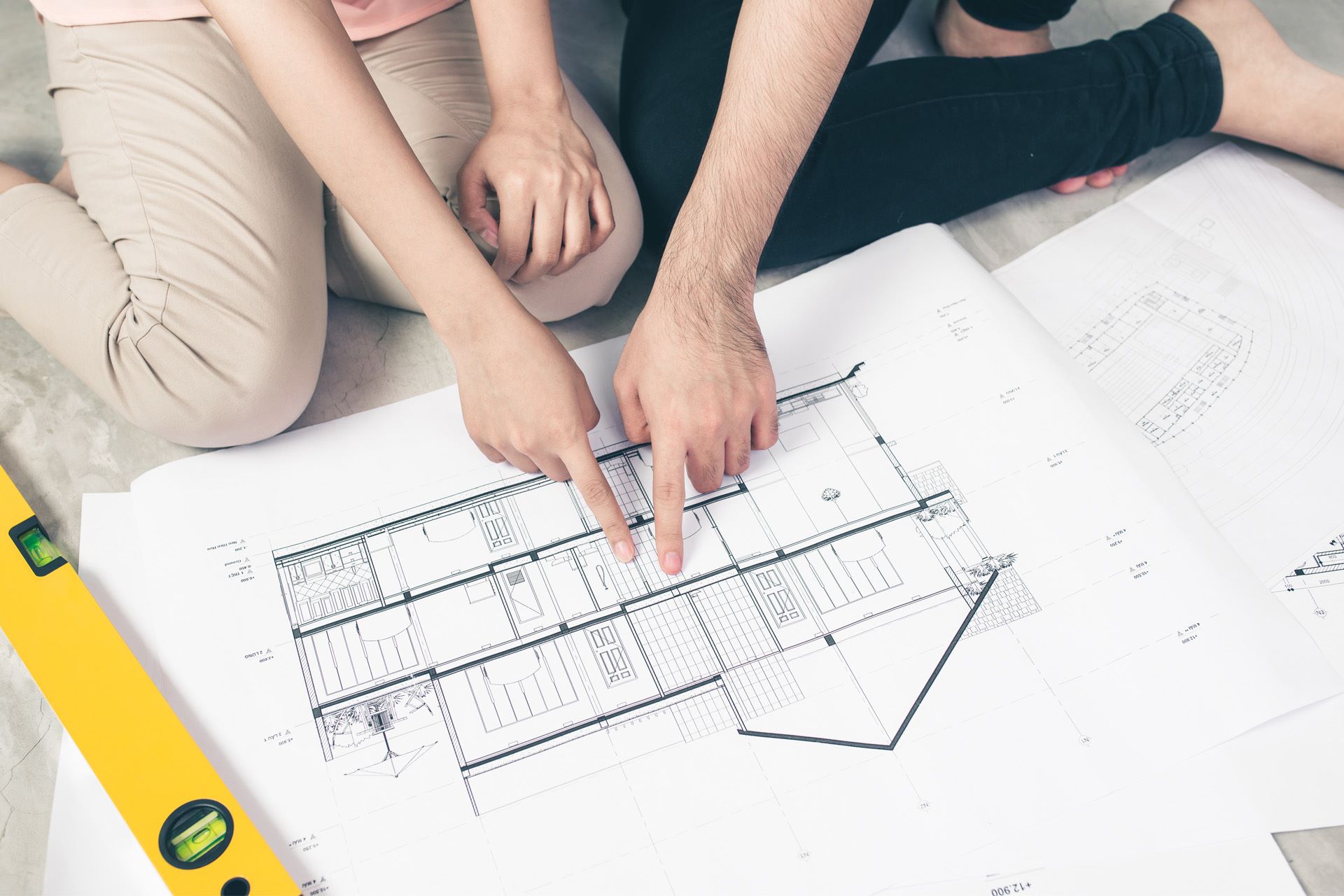
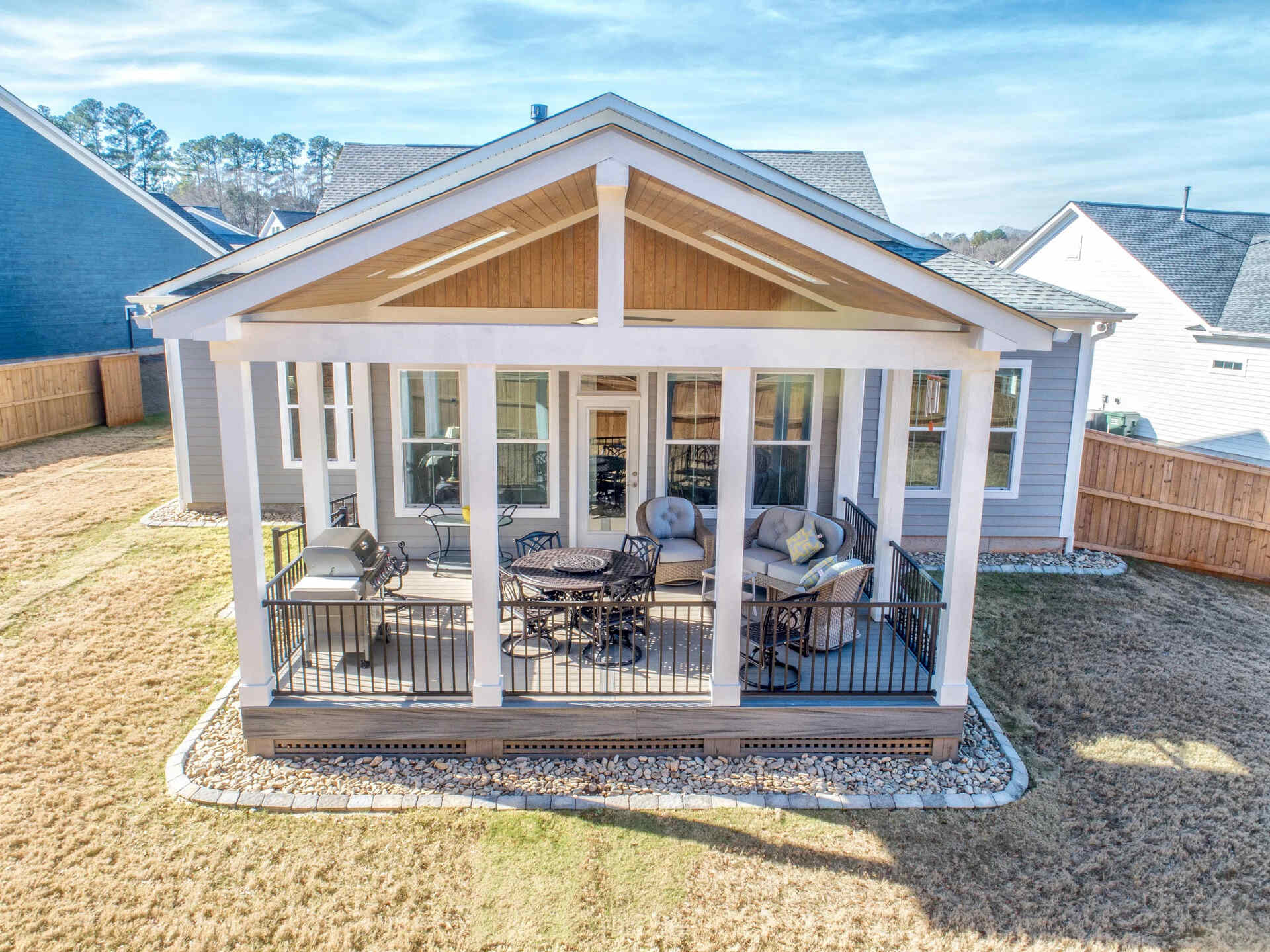
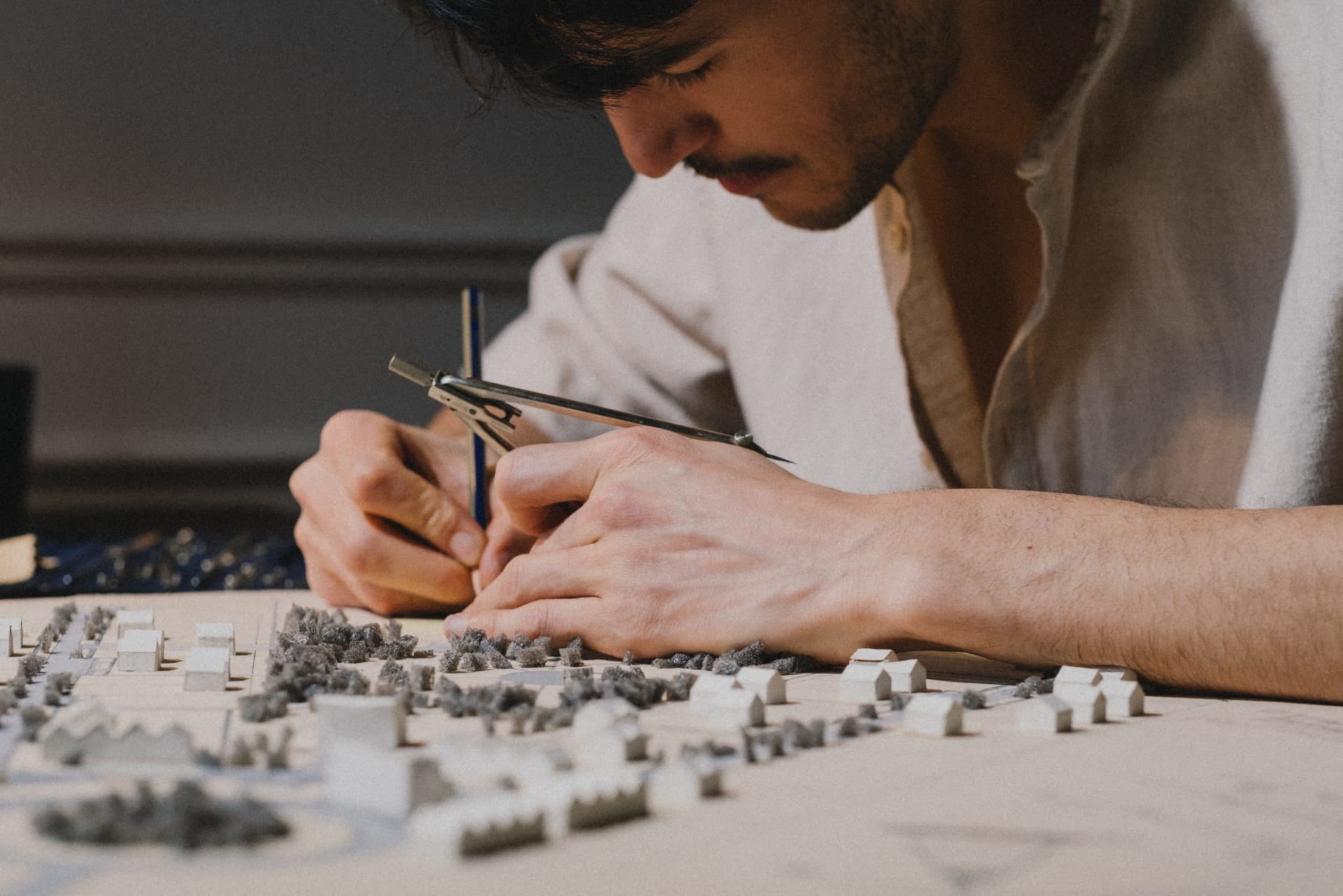
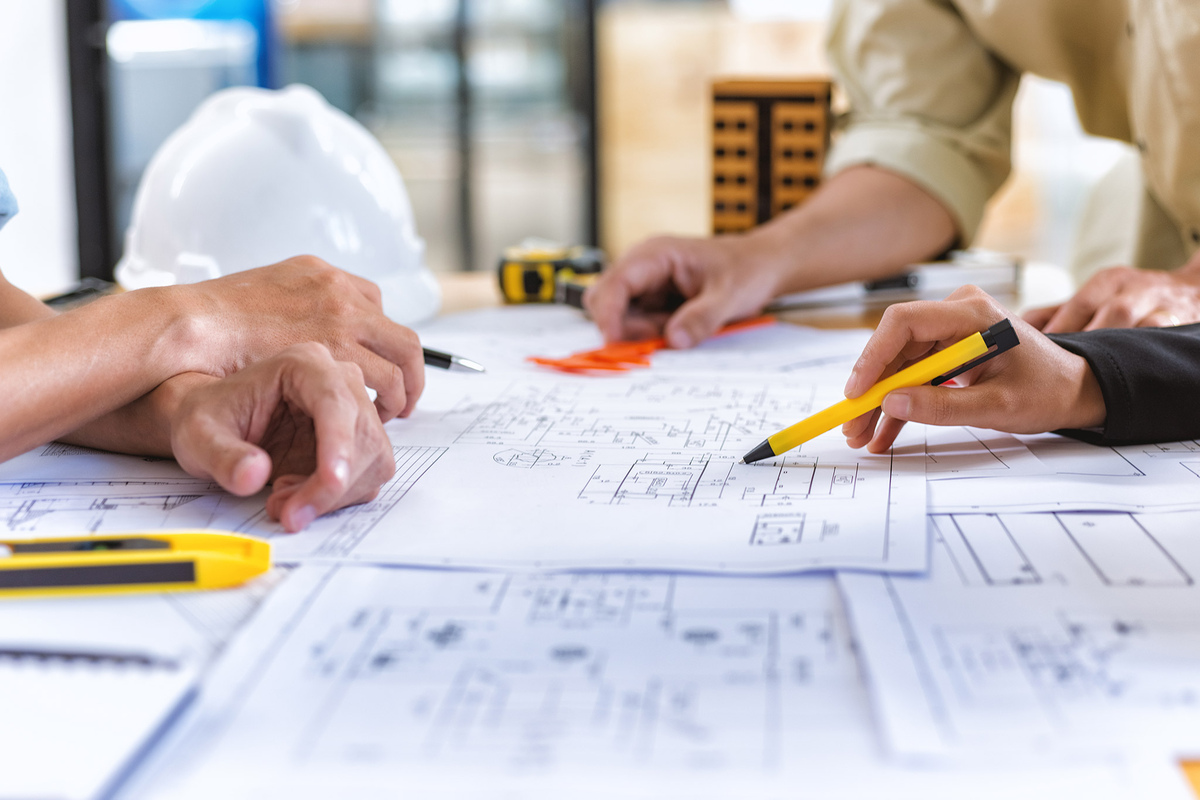
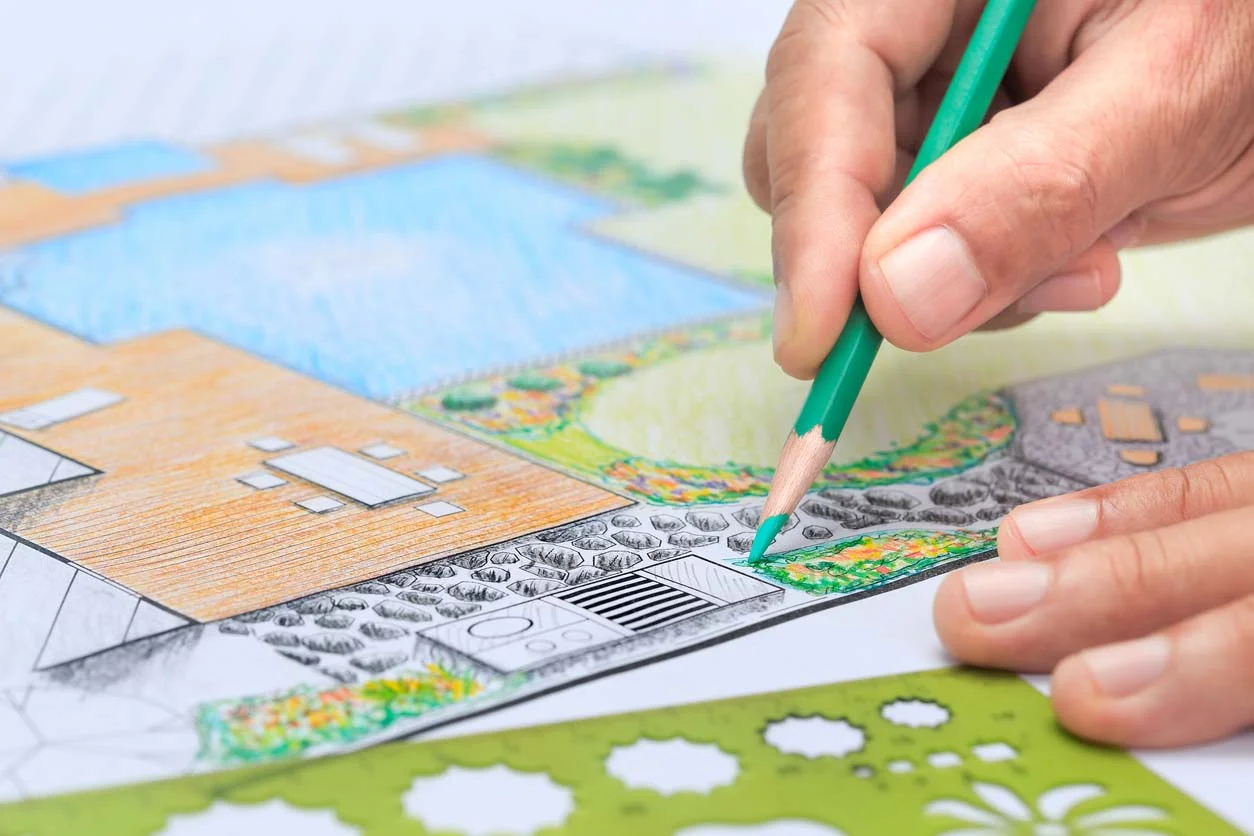

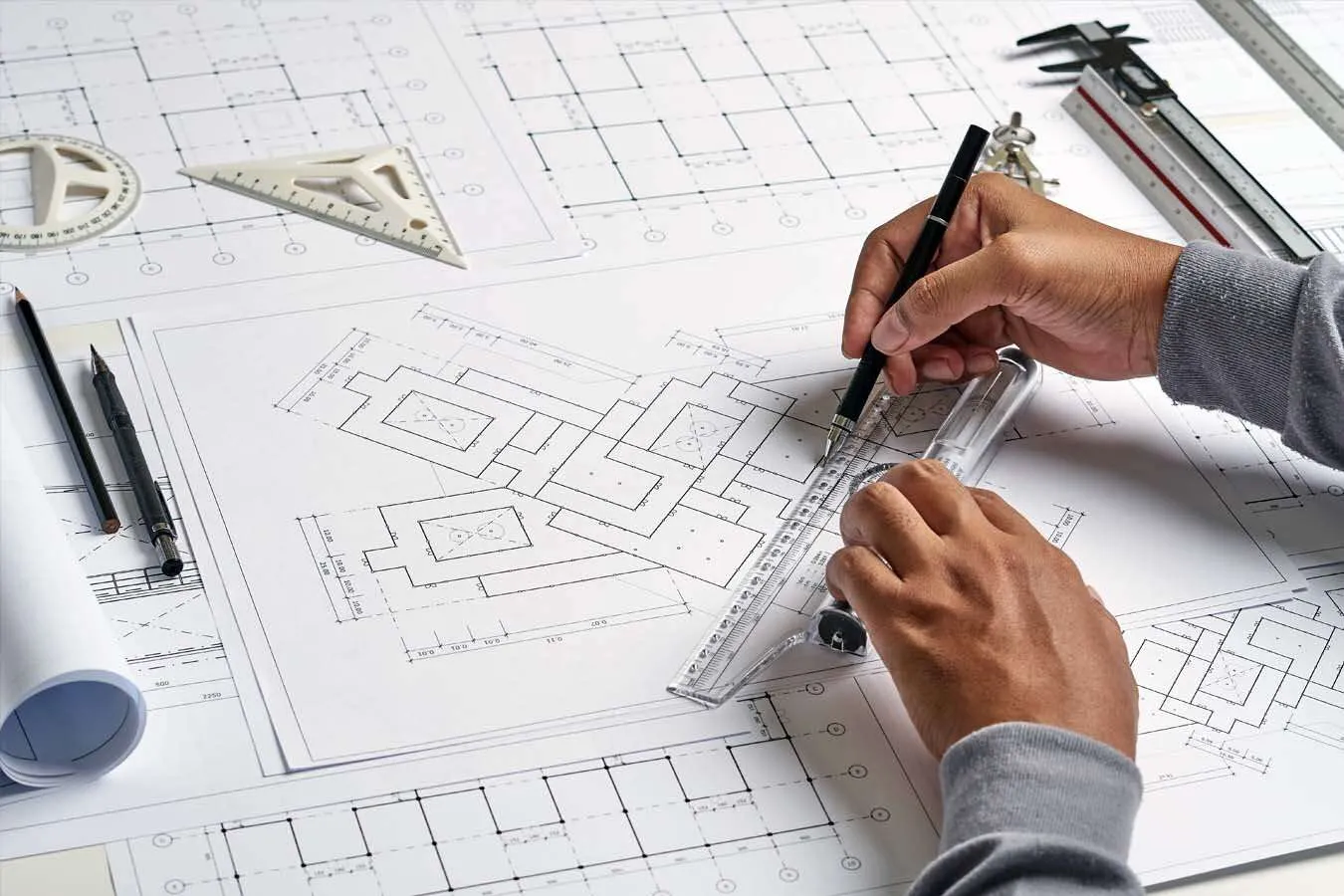
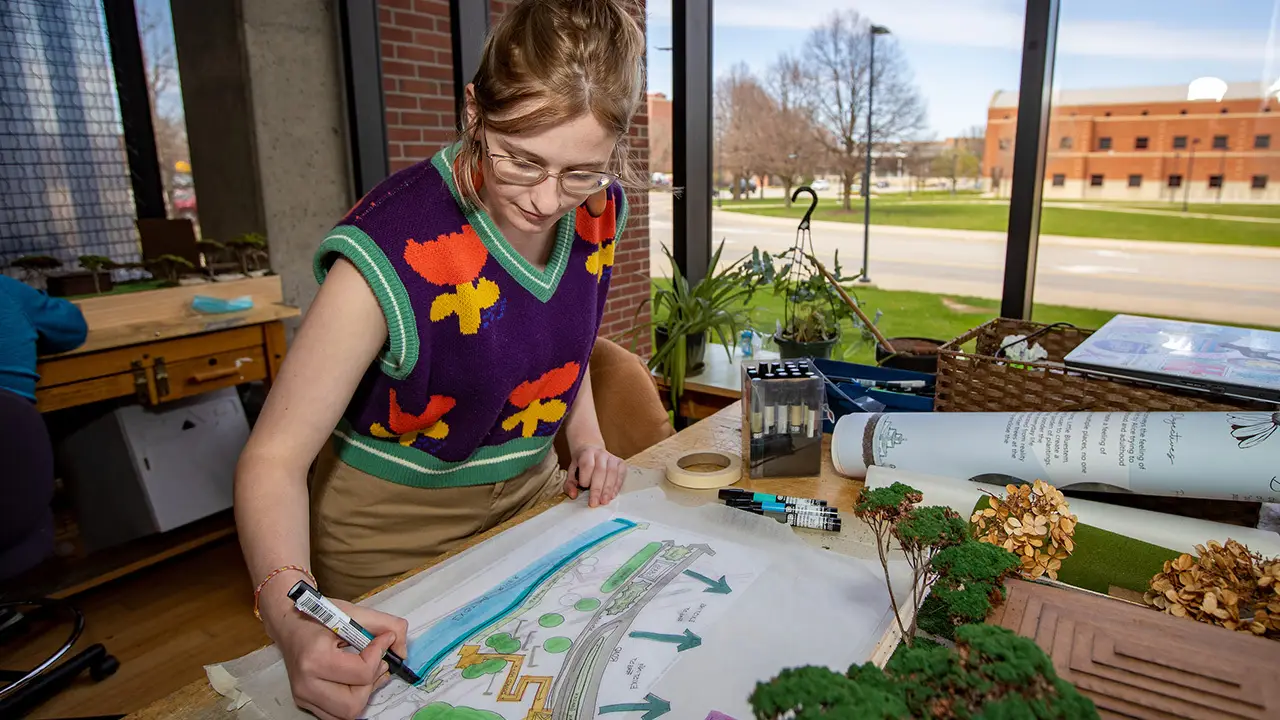
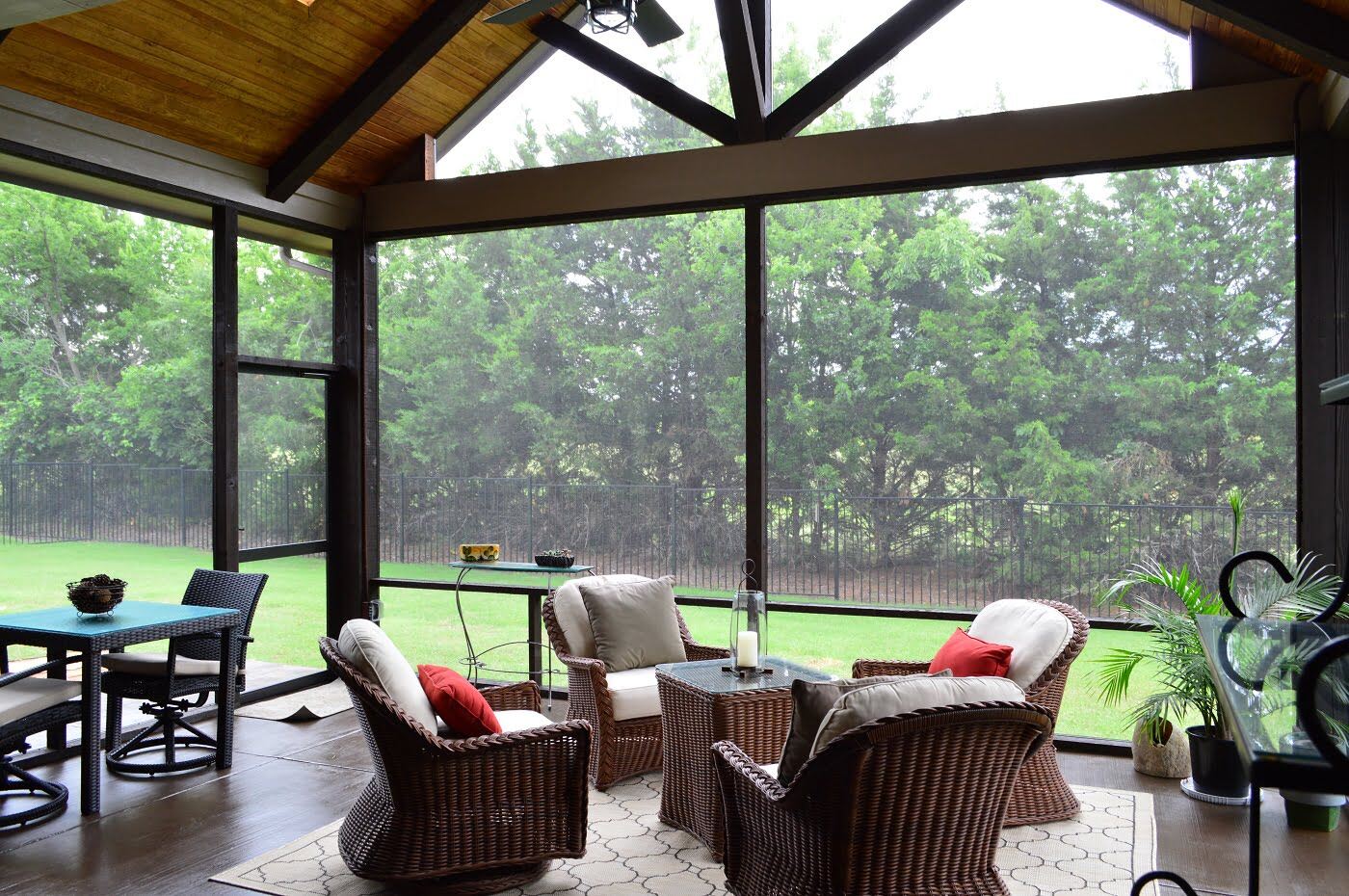




0 thoughts on “How Does An Architect Design His/Her House”